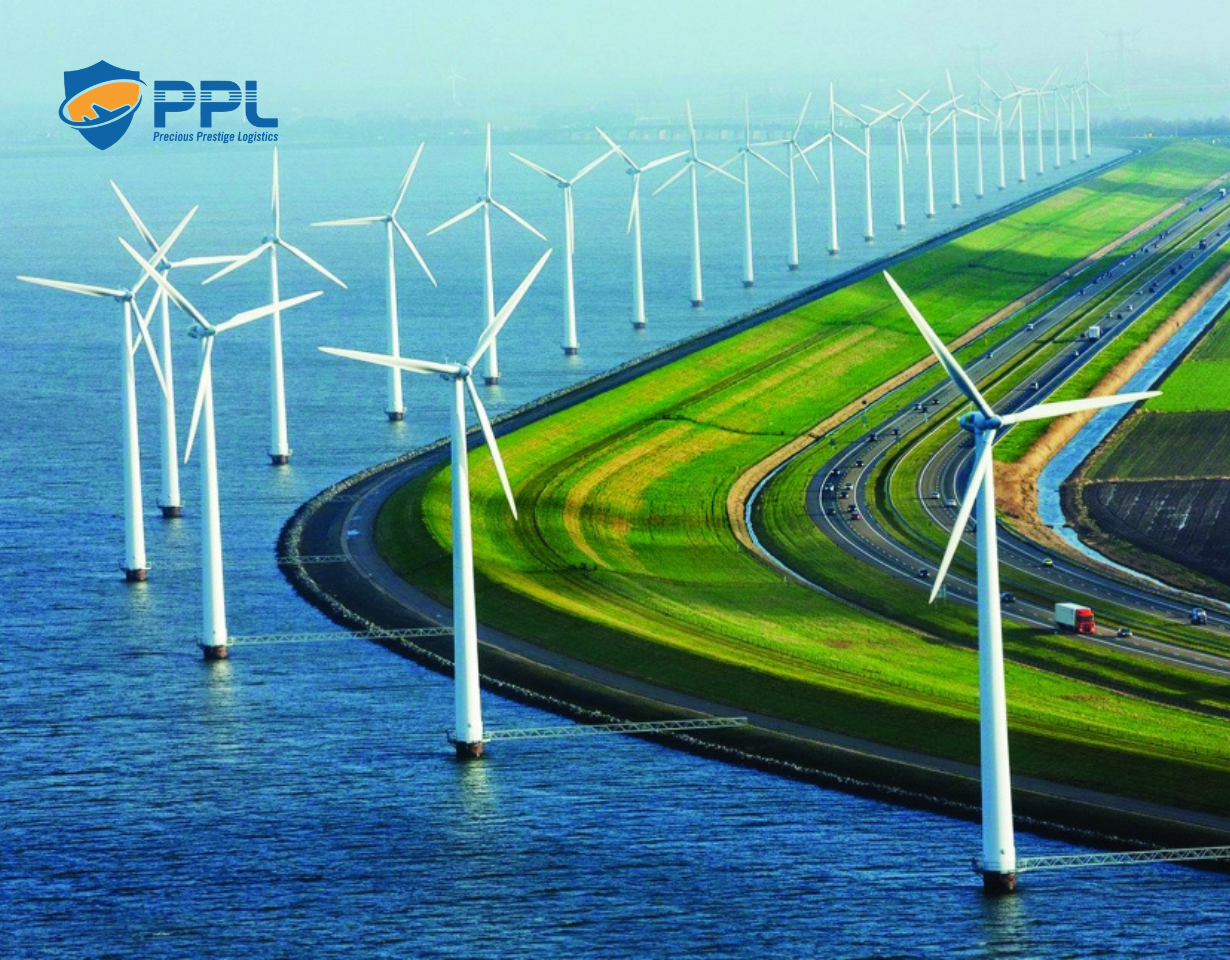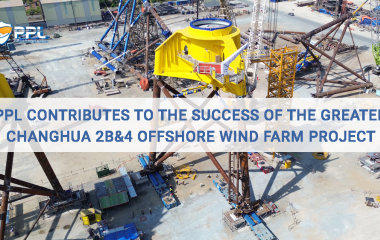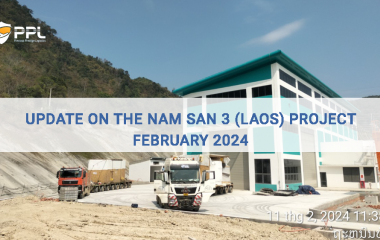EVN proposes to develop wind power in the Gulf of Tonkin
The electricity of Vietnam (EVN) has just proposed to the Government to create a mechanism to develop about 4,000MW of offshore wind power in the northern region, in order to ensure energy security in the region.
The target for 2025 is to put into operation about 5,500MWW of renewable power sources
According to EVN, the electricity consumption demand of the North currently accounts for nearly 50% of the whole country and is forecasted to grow at the average rate of the whole country. In 2022, the electricity source in the North is expected to be put into operation very little. Newly added power sources in the Central and Southern regions (mainly renewable energy) in recent years have only partially supported the North because the transmission capacity through the 500kV transmission line is technically limited art.
 EVN proposed that by 2025, about 5,500MW of renewable power sources should be put into operation
EVN proposed that by 2025, about 5,500MW of renewable power sources should be put into operation
Meanwhile, the situation of supplying coal for electricity production faces many difficulties. The northern power system has the potential to continue to lack peak capacity during hot months.
Therefore, EVN proposes that by 2025, it is necessary to put into operation about 5,500MW of renewable power sources, including 4,000MWW of offshore wind power and about 1,500MW of solar power with appropriate storage systems.
Vietnam's energy demand is increasing, while traditional energy sources have almost reached the development threshold. EVN's development of renewable energy sources, especially at the forefront of offshore wind power deployment, will be both appropriate in terms of technical expertise and investment-oriented, and at the same time ensure national interests and sovereignty in the region Gulf of Tonkin region.
According to research by many organizations including EVNPECC1, the wind potential in the Gulf of Tonkin is evaluated quite well, suitable for offshore wind power development. At an altitude of 100m, the average wind speed in this area is about 7.5-8.5m/s.
According to the Danish Energy Agency (DEA), the offshore wind power engineering potential in this region is about 18GW. Currently, some localities such as Quang Ninh, Ho Chi Minh City, etc. Hai Phong, Thai Binh, and Nam Dinh have submitted proposals to develop offshore wind power sources.
With a long coastline, Vietnam has enormous potential for wind energy development. According to the draft Power Plan VIII being reviewed and completed by the Ministry of Industry and Trade, Vietnam is expected to increase the total wind power capacity from nearly 4,000MW in 2022 to about 16,121MW onshore and nearshore wind power and about 7,000 MW of offshore wind power by 2030.
Sensitive-zoned marine areas must be assigned a contractor or a limited tender, for the state corporation to manage and exploit
To develop offshore wind power, Vietnam will face many challenges. Typically, the legal framework for this sector is still entangled, because in addition to the large capital investment value, it is also related to industries such as oil and gas, maritime, fisheries, and especially security and defense.
Moreover, with the type of offshore wind power source, Vietnam has no development experience. Due to the complex nature of techniques and technology, investment processes and procedures, and the large scale of investment, the implementation of the planned capacity of up to 7,000MW by 2030 is really a big challenge.
According to EVN, the offshore wind power source in the Gulf of Tonkin is related to security, defense and other purposes of exploitation and use of the sea such as fisheries, tourism, navigation, as well as nature conservation... Sensitive-zoned marine areas must be assigned a contractor or a limited tender, for the state corporation to manage and exploit.
Regarding electricity planning, according to EVN, it is necessary to have a synchronous and overall plan at the regional/provincial level on power source and transmission with specific mobilization time, which will save the use of resources and resources. Along with that, a national agency to organize a preliminary assessment will avoid waste, overlap and objectivity when consulting stakeholders.
In the immediate future, the potential of offshore wind power needs to be comprehensively assessed and implemented soon, in order to meet the two urgent goals of power supply and as a premise for policy improvement.
Related Posts
New Posts
- Vietnam Holiday Announcement
- PPL contributes to the success of the Greater Changhua 2b&4 Offshore Wind Farm Project
- Update on the Nam San 3 (Laos) Project February 2024
- PPL HAPPY NEW YEAR 2024
- LUNA NEW YEAR HOLIDAY 2024 ANNOUNCEMENT
- PPL CONDUCTS A CHARITY PROGRAM OF FREE MEDICAL EXAMINATIONS, CONSULTATIONS, AND MEDICATION DISTRIBUTION IN THAI BINH PROVINCE







Comments